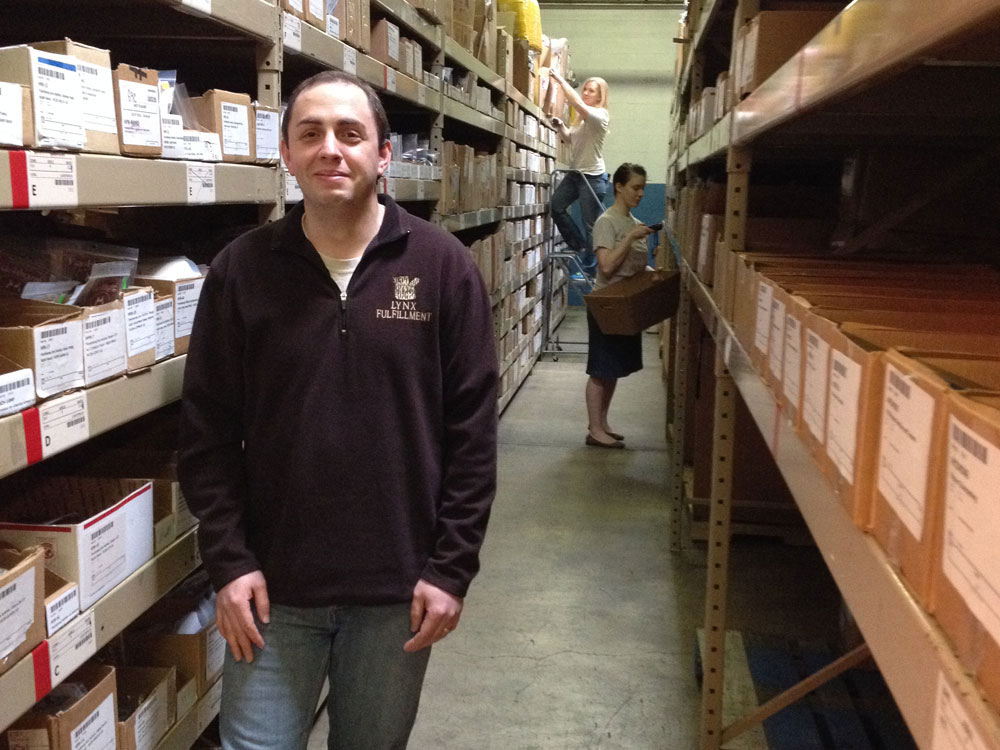
by logisticsplus | Jan 24, 2018 | News
Thank you to the folks at Camcode for including Logistics Plus in their recent warehouse layout, design, and efficiency blog post by Angela Stringfellow. As part of the post, 23 industry experts were asked the question “What’s the single biggest mistake made when designing a warehouse layout (and how can you avoid it)?” The full article can be viewed online, and the excerpt that includes comments from Patrick Randolph, fulfillment director for Logistics Plus, can be viewed below. Founded in 1979, Camcode® designs and manufactures durable pre-printed bar code labels and customized services for asset tracking applications utilizing automatic identification and data capture.
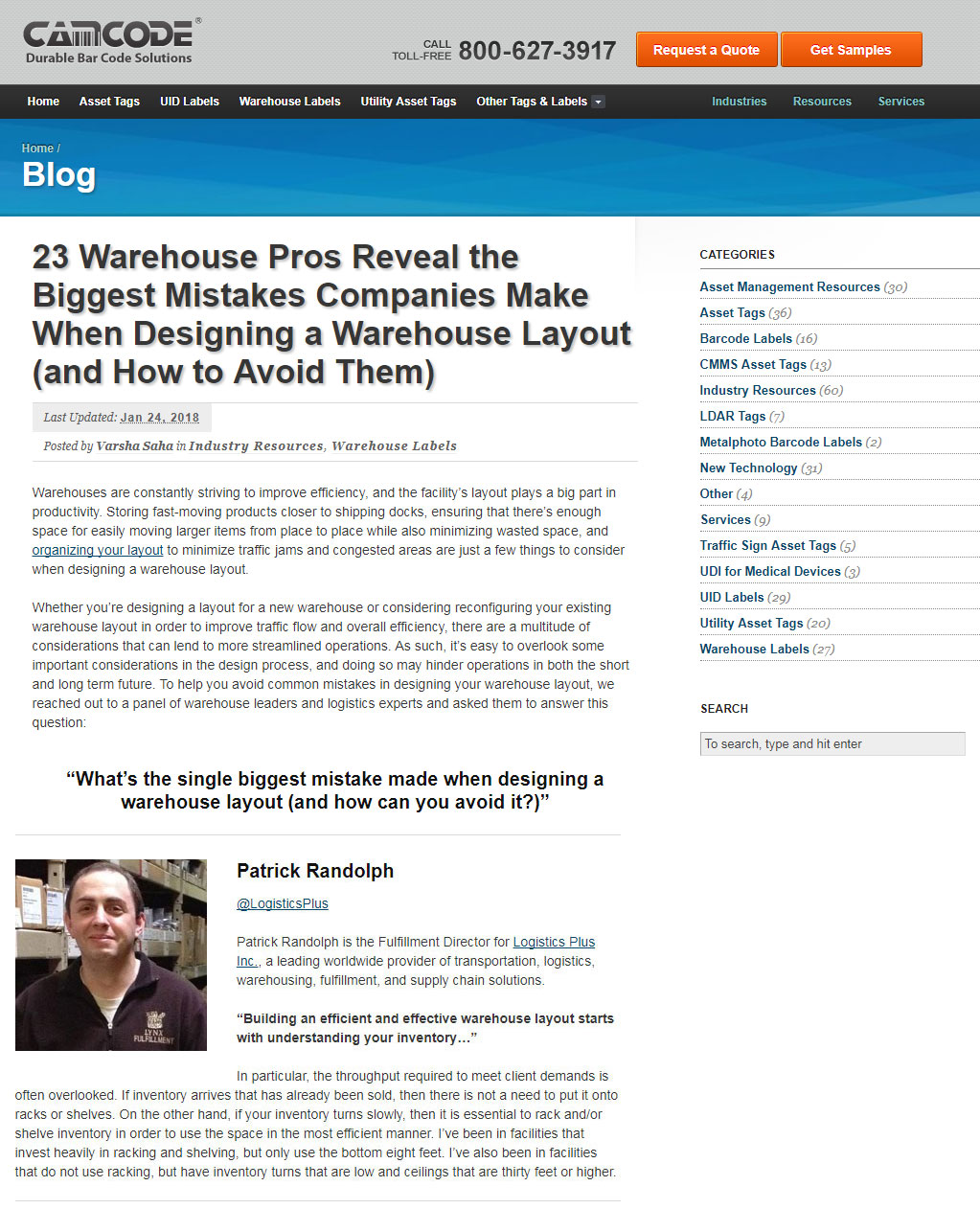

by logisticsplus | Jan 23, 2018 | News
Congratulations to Sundreysh Sarup, managing director of LP India, for being an official pacer for the Tata Mumbai Half Marathon this weekend. The Tata Mumbai Marathon (previously known as Standard Chartered Mumbai Marathon) is an annual international marathon held in Mumbai, India, on the third Sunday of January every year. It is the largest marathon in Asia as well as the largest mass participation sporting event on the continent. It is the richest race in India with a prize pool of $405,000. The marathon is an event where people from all walks of life participate including Bollywood celebrities, sports personalities, business tycoons, and amateur athletes.
As shown here, Sundreysh was duly recognized for his efforts. Way to go Sundreysh!

Here is another photo with the Chairman of Tata Sons the parent body of all Tata Group of companies … nice LP polo shirt, Sundreysh!


by logisticsplus | Jan 20, 2018 | News
 Congratulations to the Logistics Plus (LP) Google Team! Due to their incredible (and totally predictably good) work, Google has extended our short-term “Proof of Concept” contract into a much longer-term deal. The LP Google Team has totally impressed the 2nd most valuable company on the face of the planet by helping it manage the logistics of its 2017 year-end Made by Google product launches, including its hot-selling new Pixel 2 Phones.
Congratulations to the Logistics Plus (LP) Google Team! Due to their incredible (and totally predictably good) work, Google has extended our short-term “Proof of Concept” contract into a much longer-term deal. The LP Google Team has totally impressed the 2nd most valuable company on the face of the planet by helping it manage the logistics of its 2017 year-end Made by Google product launches, including its hot-selling new Pixel 2 Phones.
Although they were supported by many others across the company, the primary LP Google Team members include:
For their accomplishment, the LP Google Team was formally recognized at the Logistics Plus Holiday Party last night (see picture to the right, which includes Julie, Vlad, and Luv).
“I love that while we have maintained a base of 20th-century industrial businesses for our 21 years, a lot of our new customers are truly 21st-century companies, reflecting our ability to connect the best of “the old way” with the best of the new way too,” said Jim Berlin, founder and CEO of Logistics Plus. “Evolving to fit the changing needs of our customers—young or old. The LP WAY!”
Please join us in congratulating Luv, Debbie, Vlad, Julie, Matt and Gretchen for a job exceptionally well done. It only took Google (a very smart company) a few months (weeks more likely ?) to recognize what a great team/great partner they have found in Logistics Plus.
Way to go, Team!

by logisticsplus | Jan 11, 2018 | News
 There’s a lot going on in the world of logistics right now. At Logistics Plus, we’ve been keeping pace with many of the current transportation and logistics trends, and here are some things to watch in both trucking and global logistics over the next several years.
There’s a lot going on in the world of logistics right now. At Logistics Plus, we’ve been keeping pace with many of the current transportation and logistics trends, and here are some things to watch in both trucking and global logistics over the next several years.
- Automation. Labor shortages and capacity constraints are driving deep investments in technology and automation, such as load matching, robotics, artificial intelligence, machine learning, APIs, and self-driving vehicles. Many 3PLs are dedicating resources to R&D and innovations, and employees are being empowered to quickly anticipate and address customer demands.
- Ecommerce. Global e-commerce logistics costs are expected to have a 17% CAGR through 2020. A CAGR of that multiple hasn’t been seen in the 3PL market for some time. Traditional bricks-and-mortar store-based distribution models are being replaced with less forgiving e-commerce-based fulfillment models that provide less buffer inventory, require faster transit times, and that demand more precise pick-up and delivery times (including same-day deliveries).
- Amazon. The 900-pound gorilla of the freight world continues to build out its own transportation and logistics network, challenging 3PLs to think outside the box. 3PLs must consider how to both compete and partner with Amazon to deliver the e-commerce and omnichannel logistics solutions retailers will require.
- Taxes and Legislation. The U.S. tax bill will be a huge shot in the arm for the economy. This could lead to much-needed pay increases and capital expenditures as transportation companies work to improve their fleets and increase their capacities. Additionally, the passing of proposed infrastructure funding by Congress could address critical deficiencies in the U.S. transportation network.
- Global Growth. Regional growth in China, Mexico, and India will continue to drive a need for effective logistics solutions in those countries. Tightening regulations in China are resulting in some manufacturing and supply chain shifts to other Asian countries. The fast delivery requirements of e-commerce are leading to near-sourcing trends as manufacturers and distributors try to locate inventory closer to consumers.
- Freight Forwarding. The international freight forwarding industry is riding tailwinds into 2018. Faster speed expectations are driving shifts from ocean to air shipments. Meanwhile, ocean carriers are adding newer and larger ships which could result in excess ocean capacity and lower rates.
- Consolidation. M&A activity within the logistics industry will continue in this seller-friendly market as 3PLs look for both growth and technology opportunities. Larger mergers are expected in the high-velocity fulfillment e-commerce area, while strategic partnerships – particularly outside the U.S.—are being created to address niche markets within core verticals and concentrated geographies.
What trends will you be watching in 2018 and beyond? What’s your most pressing logistics or supply chain challenges for the coming year? Some informational links are provided below if you are interested in further reading on trends within the transportation and logistics industry.
Key Takeaways from the 3PL Value Creation Chicago Summit 2017 (Armstrong & Associates)
Ten Trends Trucking Should Watch in 2018 (Fleet Owner)
3 Tech Trends Shaping the Future of Global Logistics (Supply Chain 247)
2018 Third-Party Logistics Study – Key Takeaways (3PL Study)

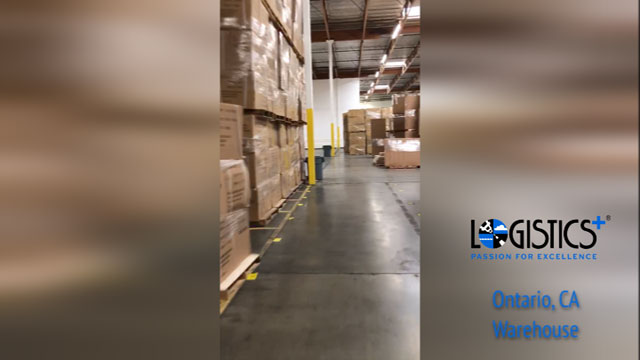
by logisticsplus | Jan 5, 2018 | News
“Congratulations to the entire Logistics Plus Ontario, CA Warehouse team for supporting the phenomenal growth we’ve seen this past year, and for passing all their audits this week. Great effort by the gang there and great support from Erie and several other offices. A truly terrific TEAM effort.” – Jim Berlin, founder & CEO of Logistics Plus (LP)
In this video, Dyan Duran, the LP Ontario, CA warehouse manager, takes a leisurely bicycle ride through the building to show off how busy, yet organized, we are at this 270K+ square-foot facility! ?
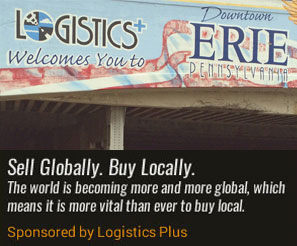
by logisticsplus | Jan 3, 2018 | News
 Through its partnership with Erie Times-News and GoErie.com, Logistics Plus is being featured, once again, in the current issue of the publisher’s Lake Erie Lifestyles magazine. This new segment discusses why it’s important for northwestern PA businesses to sell globally, but buy locally. A reprint of the feature, which is shown below, is also available online at www.goerie.com/lifestyle/lake-erie-lifestyle. You can click the image below to see the larger, online version.
Through its partnership with Erie Times-News and GoErie.com, Logistics Plus is being featured, once again, in the current issue of the publisher’s Lake Erie Lifestyles magazine. This new segment discusses why it’s important for northwestern PA businesses to sell globally, but buy locally. A reprint of the feature, which is shown below, is also available online at www.goerie.com/lifestyle/lake-erie-lifestyle. You can click the image below to see the larger, online version.
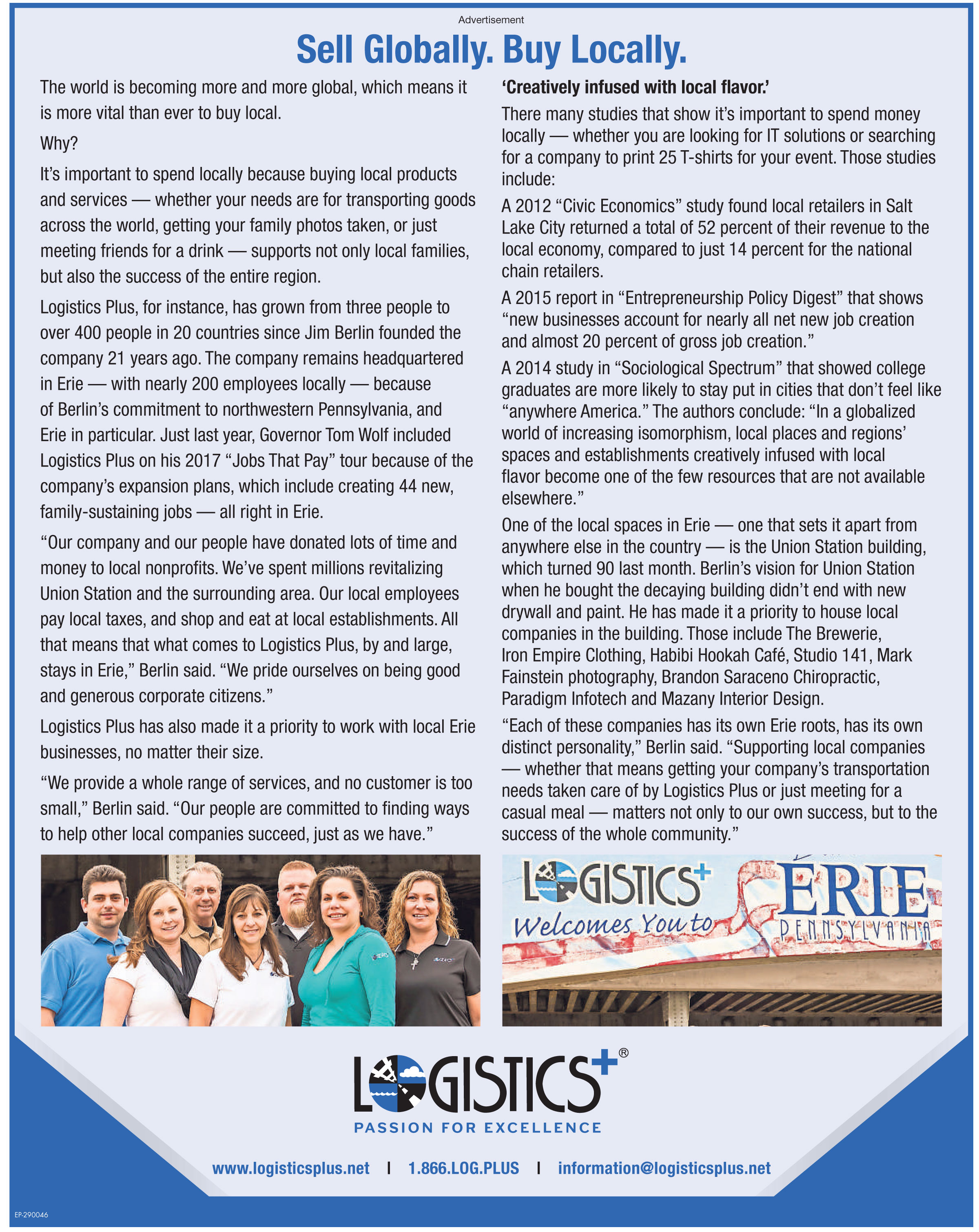








 There’s a lot going on in the world of logistics right now. At Logistics Plus, we’ve been keeping pace with many of the current transportation and logistics trends, and here are some things to watch in both trucking and global logistics over the next several years.
There’s a lot going on in the world of logistics right now. At Logistics Plus, we’ve been keeping pace with many of the current transportation and logistics trends, and here are some things to watch in both trucking and global logistics over the next several years.


